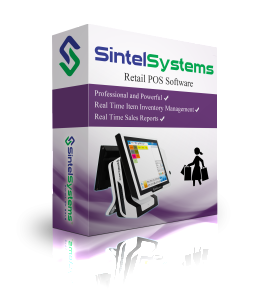Black hat and government backed hackers work endlessly every minute to infiltrate networks. If the targets cyber defense inadequately protects their network hackers can gain access to millions of consumers valuable information.
In most recent news hackers have begun gaining traction, stealing individuals passwords, email addresses, credit card numbers, social security numbers, and so on. With the millions of data already stolen the percentage of your information being in the hands of some hacker is extremely high.
Here are the seven most significant computer hacks in the past five years:
Adobe (October 2013)
Estimated Number of People Affected: 150 Million
Information Acquired: Credit card data for approximately 2.9 million people, email addresses and passwords
Sophos, a security vendor, found a website, AnonNews, containing 150 million Adobe’s costumers information,
How It Happened: It is unknown as to how hackers gained access to Adobe’s networks but once in they took more than just customers information. Source code, which is essentially the foundation for Adobe software, was stolen.
Outcome: Security measures were put into place like free credit monitoring of customers whose credit card information had been stolen. Adobe advised patrons to change their email password and LastPass helped Adobe set up a site to identify stole emails.
eBay (May 2014)
Estimated Number of People Affected: 145 Million
Information Acquired: No payment information was stolen but hackers did away with usernames, encrypted passwords, emails, and additional personal data.
How It Happened: Compromised employee information was used to login into the company’s network.
Outcome: eBay asked customers to change passwords and promised to revise security measures.
Target (January 2015)
Estimated Number of People Affected: 110 Million
Information Acquired: 40 million credit/debit card numbers and 70 million email addresses
How It Happened: Hackers were able to infiltrate the retail giants point of sale systems through third party contractor’s credentials, HVAC.
Outcome: CEO, Gregg Steinhafel, was forced to resign and Target faced a class action suit with a 10 million dollar settlement.
Home Depot (September 2014)
Estimated Number of People Affected: 109 Million
Information Acquired: 53 million email addresses and 56 million credit/debit card information of patrons
How It Happened: Much like Target, hackers penetrated self-checkout POS systems by using a vendors login information and installing malware. Information was than fed unnoticed for months to the hacker.
Outcome: Home depot has to pay nearly 62 million for reparations after the breach. Customers were offered free credit monitoring for anyone who had processed payments with the retailer after April 2014.
Anthem (February 2015)
Estimated Number of People Affected: 88 Million
Information Acquired: Social Security numbers, employment details, and other personal information not including medical data.
How It Happened: The Anthem attack investigators claim it was endorsed by the Chinese government, who also played a part in the United Airlines and U.S governments Office of Personal Management breaches.
Outcome: Anthem set up free credit check for stolen customers information.
JPMorgan Chase (July 2014)
Estimated Number of People Affected: 83 Million
Information Acquired: Certainly one of the most alarming breaches because customer’s names, addresses, and phone numbers had been acquired by hackers.
How It Happened: Hackers were able to gain entrance through an employees login.
Outcome: Four suspects have been taken into custody.
United States Office of Personnel Management (June 2015)
Estimated Number of People Affected: 22 Million
Information Acquired: Personal information on past and current government workers, including Social Security numbers.
How it happened: Chinese government backed hackers are suspected in stealing a third party’s contractor information to enter the network.
Aftermath: Their background check system was suspended and Director of OPM stepped down.
Breaches, including point of sale systems, continue unabated. Ensure your own point of sale security by remaining up-to-date with latest news and solutions.
Sintel Systems is the only full-service provider of tailored Point of Sale systems across retail and service industries, including restaurants, frozen yogurt shops,  pizzerias, and cafés.
pizzerias, and cafés.
Sintel Systems is here to help your business grow. As a single source for business solutions, our experienced, knowledgeable team negotiates the complex POS landscape for you to enable you to find the right POS system for your business and budget.Hardware – Software – Support

